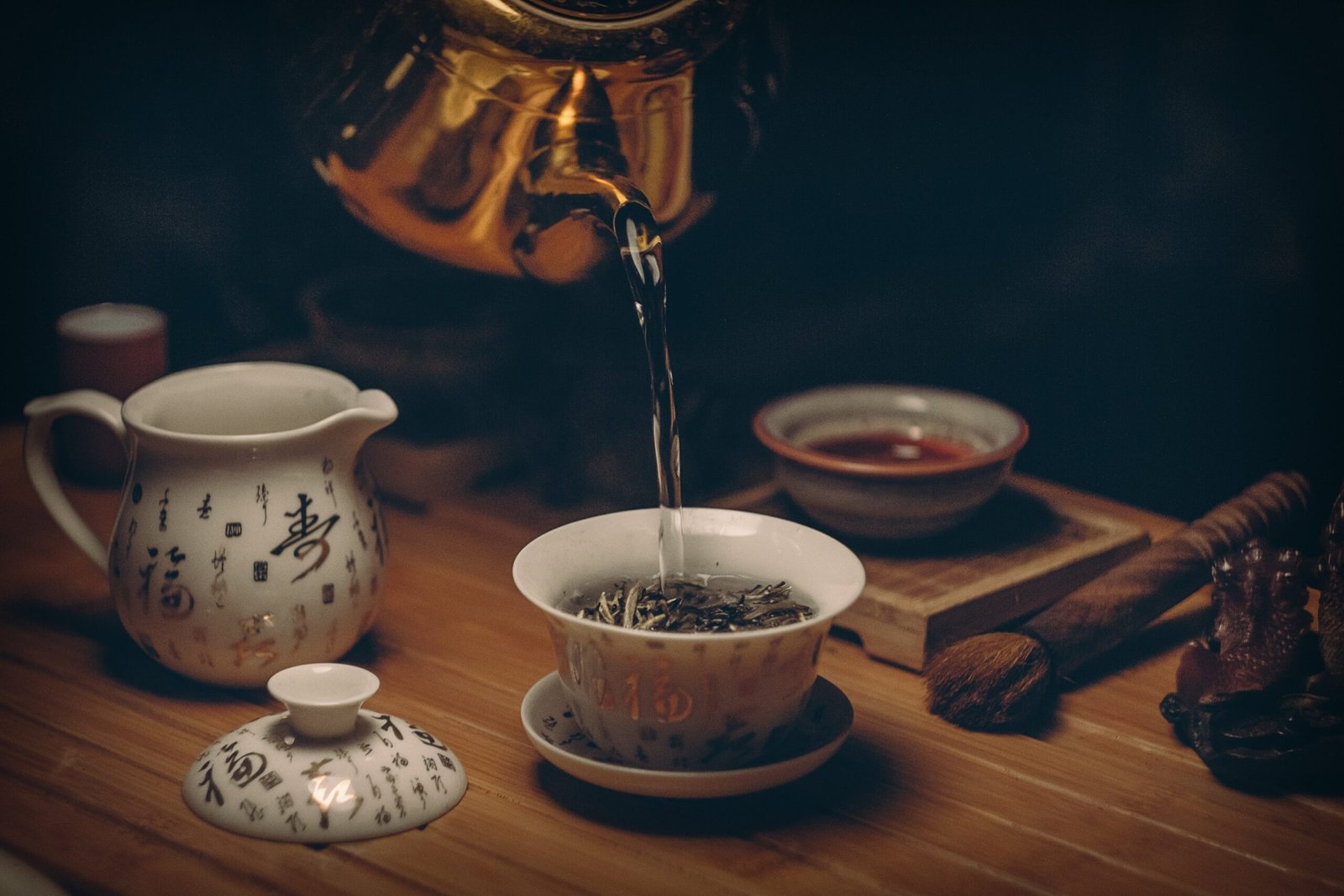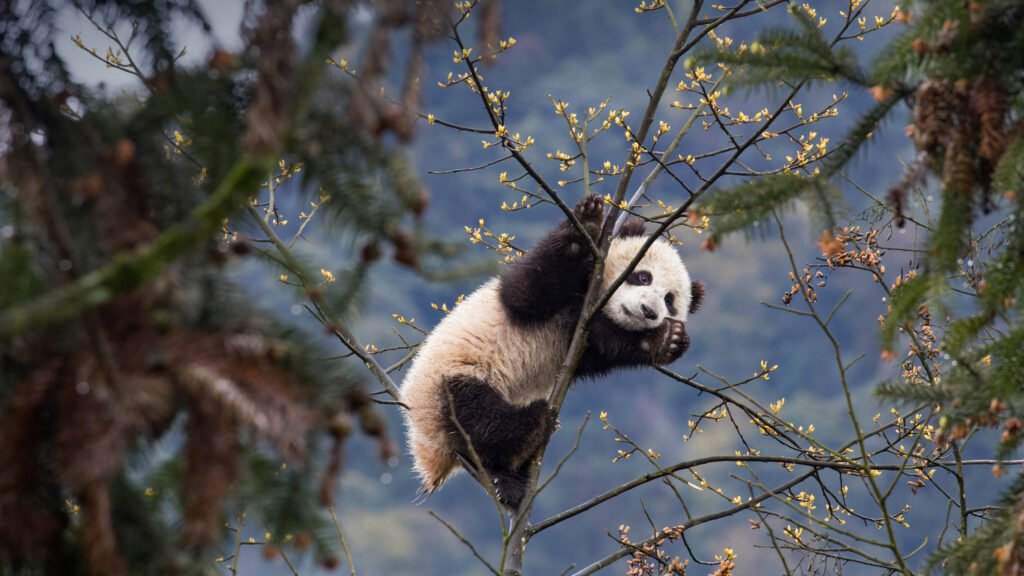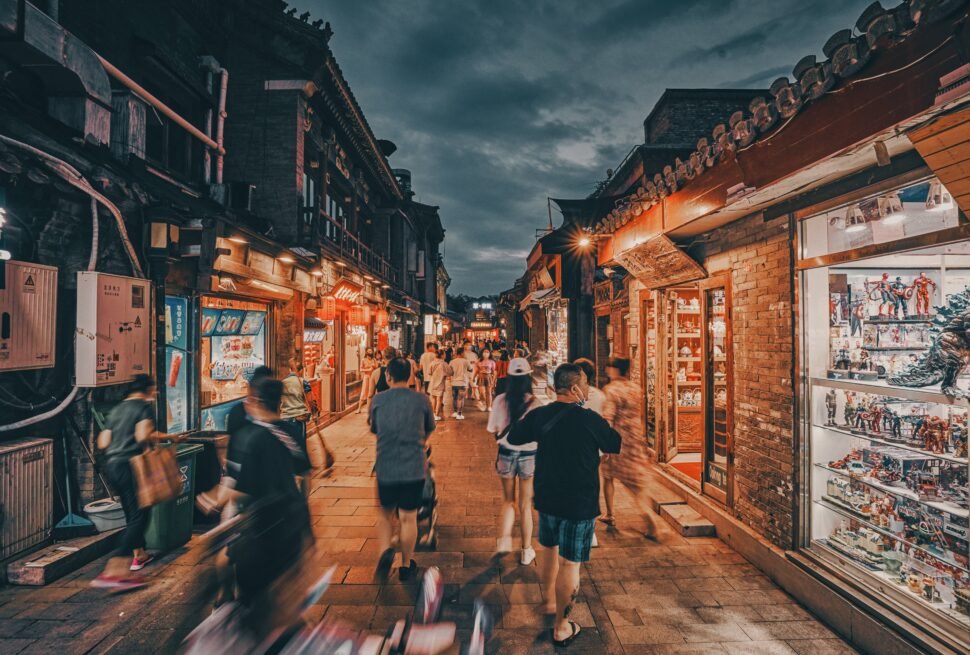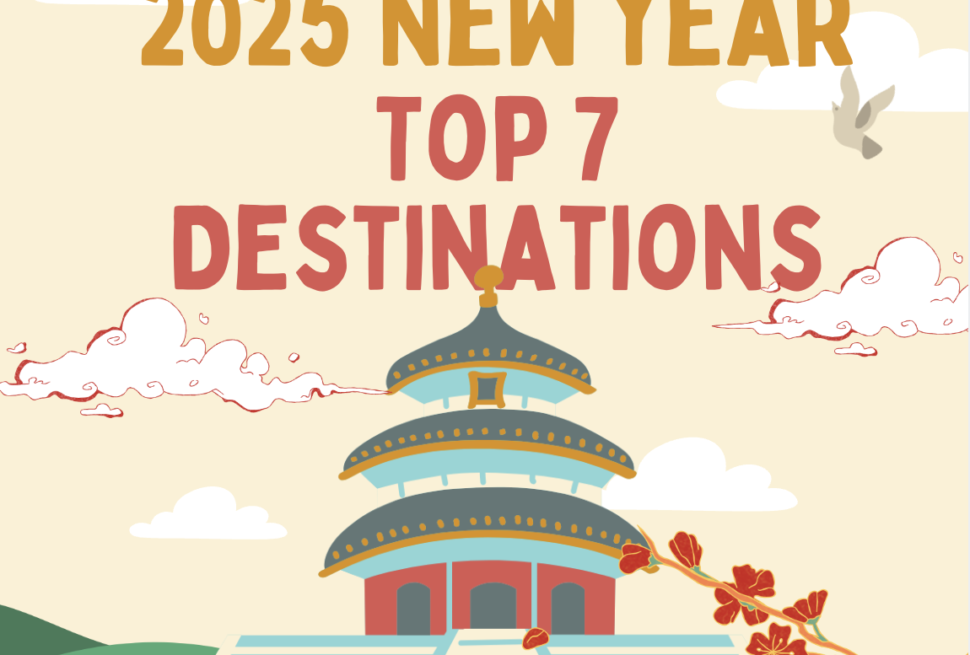If you're planning a China tour or simply fascinated by Chinese culture, exploring the country's rich tea heritage is a must. Tea is an integral part of daily life in China and is deeply woven into its cultural fabric. In this comprehensive guide, we'll delve into the world of Chinese tea—from its history and types to the traditional tea ceremony and the best places in China to enjoy tea.
Overview of Tea Culture in China
Tea culture in China dates back thousands of years and plays a significant role in social and cultural activities. It is not just a beverage but a symbol of hospitality, respect, and tradition. Tea is enjoyed at social gatherings, business meetings, and family reunions. It also features prominently in various ceremonies and festivals.
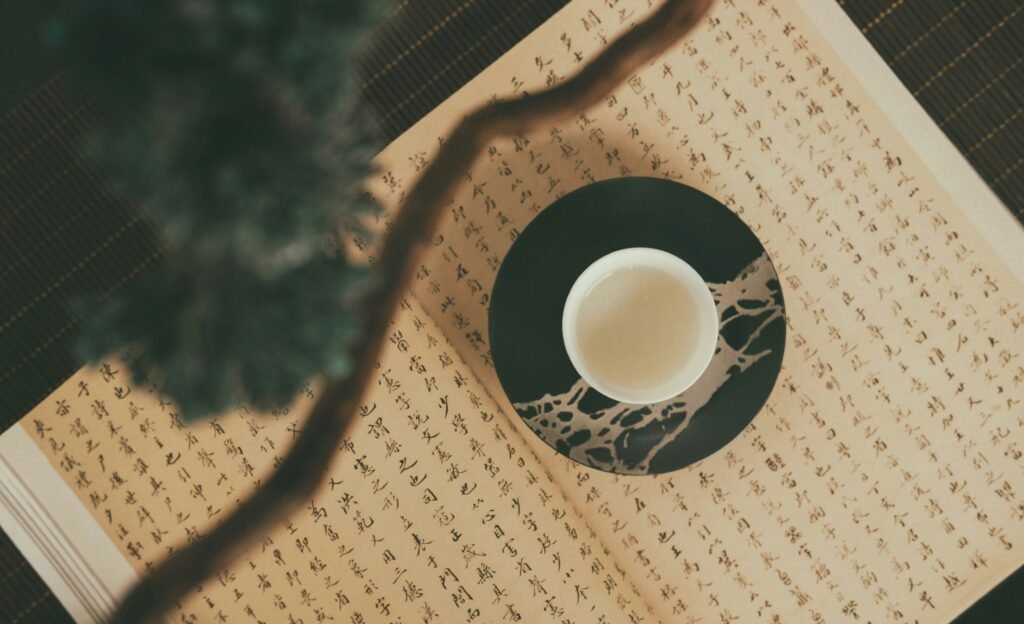
Historical Significance
Tea was discovered in China over 4,000 years ago. It has since evolved from a medicinal drink to a daily staple enjoyed by people of all ages.
Cultural Importance
Tea represents harmony, serenity, and refinement. It is often used in Chinese proverbs and literature to symbolize these virtues.
Social Customs
Offering tea to guests is a gesture of respect and hospitality. In formal settings, the tea ceremony showcases the host’s appreciation for their guests.
Different Types of Chinese Tea
China produces a wide variety of teas, each with its unique flavor, aroma, and health benefits. Here are some of the most popular types:
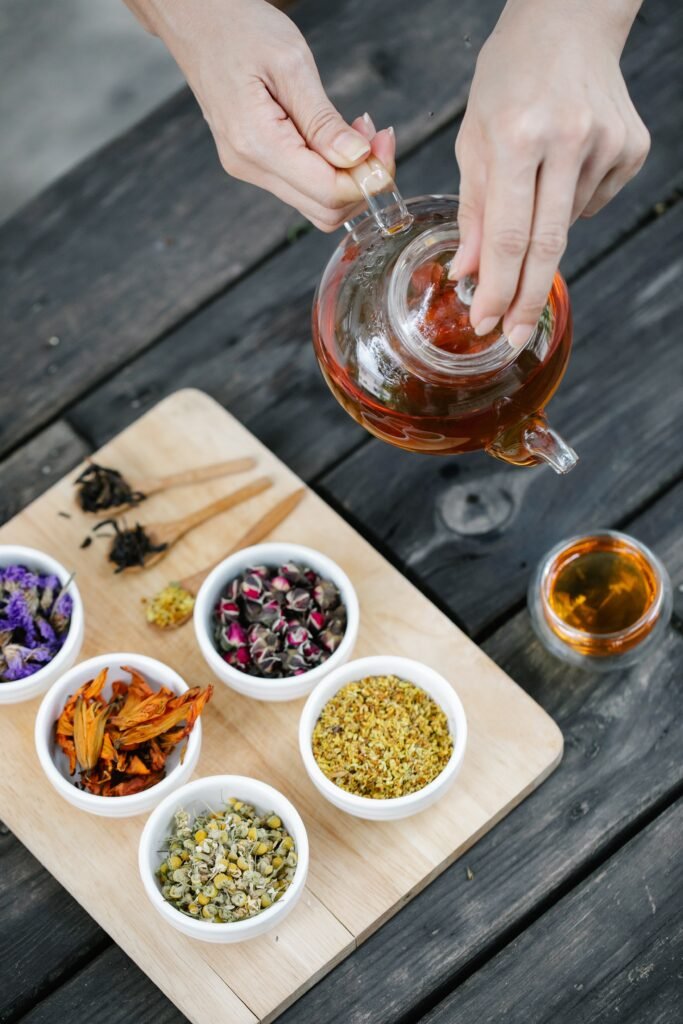
Green Tea (Lǜchá, 绿茶)
- Description: Green tea is unoxidized, preserving its green color and fresh flavor.
- Popular Varieties: Longjing (Dragon Well), Biluochun, and Huangshan Maofeng.
Black Tea (Hóngchá, 红茶)
- Description: Black tea is fully oxidized, giving it a dark color and rich flavor.
- Popular Varieties: Keemun, Lapsang Souchong, and Dianhong.
Oolong Tea (Wūlóngchá, 乌龙茶)
- Description: Oolong tea is partially oxidized, combining the characteristics of green and black teas.
- Popular Varieties: Tieguanyin, Da Hong Pao, and Dong Ding.
White Tea (Báichá, 白茶)
- Description: White tea is minimally processed and has a delicate flavor.
- Popular Varieties: Baihao Yinzhen (Silver Needle), Bai Mudan, and Shoumei.
Pu-erh Tea (Pǔ’ěrchá, 普洱茶)
- Description: Pu-erh tea is fermented and aged, known for its earthy flavor.
- Popular Varieties: Raw Pu-erh (Sheng Pu-erh) and Ripe Pu-erh (Shou Pu-erh).
Yellow Tea (Huángchá, 黄茶)
Popular Varieties: Junshan Yinzhen and Huoshan Huangya.
Description: Yellow tea is slightly fermented, with a mellow taste.
Steps of a Traditional Tea Ceremony
The traditional Chinese tea ceremony, known as “Gongfu Cha,” is a meticulous and meditative process. Here are the key steps:
Preparation
- Clean the Teaware: Rinse the teapot, cups, and other utensils with hot water to cleanse and warm them.
- Measure the Tea: Use an appropriate amount of tea leaves based on the type of tea and the size of the teapot.
Waking the Leaves
- First Rinse: Pour hot water over the tea leaves to rinse them and awaken their flavors. Discard the rinse water.
Brewing
- First Brew: Pour hot water over the tea leaves and let them steep for a short period (usually a few seconds to a minute).
- Serve: Pour the tea into small cups, ensuring an even distribution of flavor.
Subsequent Brews
- Repeat: Refill the teapot with hot water and brew the tea leaves multiple times. Each brew reveals different layers of flavor.
Enjoying the Tea
- Savor: Sip the tea slowly, appreciating its aroma, taste, and the company of those sharing the experience.
Places in China to Enjoy Tea
Exploring tea culture firsthand is one of the highlights of any China tour. Here are some top destinations to experience authentic Chinese tea:
Hangzhou
- Attraction: Visit the Longjing Tea Plantations, home to the famous Dragon Well tea.
- Experience: Participate in a tea-picking and tasting tour, and enjoy the serene beauty of the tea fields.
Fujian
- Attraction: Explore the Wuyi Mountains, renowned for producing Da Hong Pao and other premium Oolong teas.
- Experience: Tour local tea farms and learn about the intricate process of Oolong tea production.
Yunnan
- Attraction: Discover the Pu-erh tea plantations in Xishuangbanna.
- Experience: Visit ancient tea trees, some over a thousand years old, and taste the unique Pu-erh teas.
Guangzhou
- Attraction: Enjoy tea at the many traditional tea houses in the city.
- Experience: Participate in a Gongfu Cha ceremony and explore the bustling tea markets.
Beijing
- Attraction: Visit Laoshe Teahouse, a famous cultural site named after the renowned Chinese writer.
- Experience: Enjoy traditional tea performances and taste a variety of teas in an authentic setting.
Conclusion
Tea culture is an integral part of Chinese culture and a delightful aspect of any China tour. From the different types of Chinese tea to the traditional tea ceremony, and the best places to enjoy tea, immersing yourself in this ancient practice offers a unique glimpse into China’s rich heritage. Whether you’re a tea enthusiast or a curious traveler, exploring Chinese tea culture will undoubtedly enrich your journey. So, pack your bags, and get ready to experience the art of tea in China. Happy travels!
China Explorer Tour was born out of a shared passion for unlocking the wonders of China for travelers from around the world. We believe that travel can enrich lives and bridge cultures. Our mission is to create immersive experiences that showcase the beauty, diversity, and rich heritage of this extraordinary country.
At China Explorer Tour, we believe that travel is about more than just checking off famous attractions from a list. That’s why our meticulously crafted itineraries are designed to take you beyond the surface. We immerse you in the authentic culture and traditions of China. While our tours include all the must-see sights, we also pride ourselves on uncovering hidden gems and off-the-beaten-path destinations. These offer a deeper understanding of the local way of life. Whether it’s dining with a local family, exploring traditional markets, or participating in cultural workshops, we invite you to embark on a journey of discovery that will transform your travel experience.

